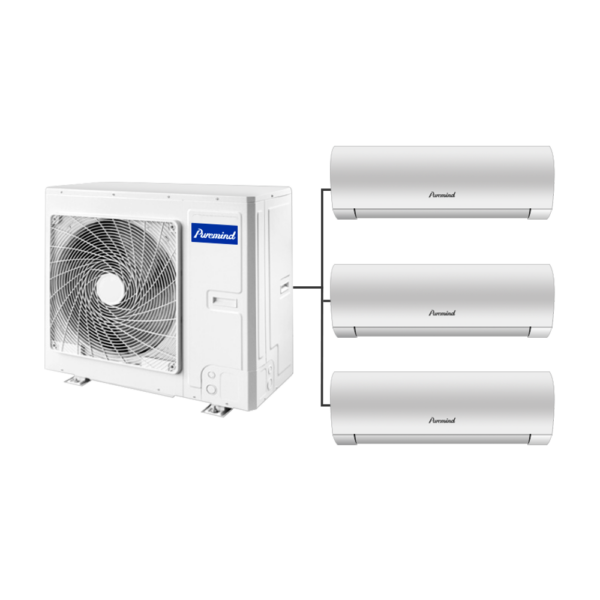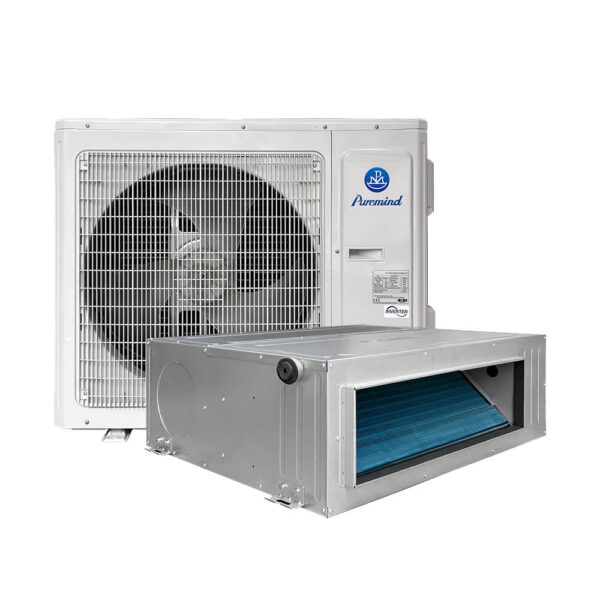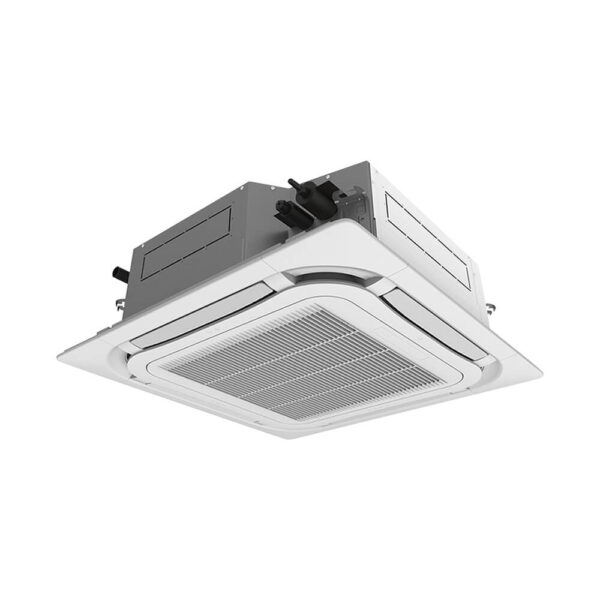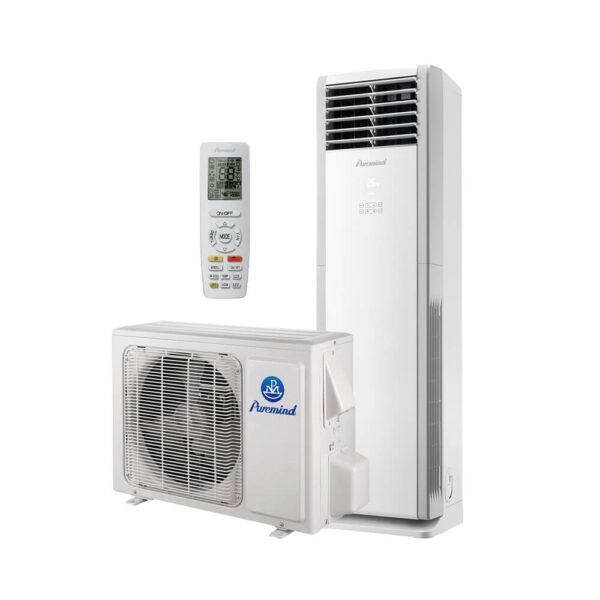What Does HVAC Stand For? Complete Guide for Distributors & Suppliers
Many people working in construction, real estate, or even retail have asked the question: what does HVAC stand for? While the acronym seems straightforward, its scope is far-reaching. For wholesalers, distributors, and suppliers, understanding HVAC is not only about knowing the letters but also about recognizing the vast business opportunities behind them. This article breaks down the meaning of HVAC, its systems, and why it matters so much in wholesale and distribution.
What Does HVAC Stand For?
The term HVAC stands for Heating, Ventilation, and Air Conditioning. These three components work together to control indoor climate, ensuring comfort and air quality. So, when someone asks, what does HVAC stand for, the answer is simple: it represents the systems that keep indoor spaces warm in winter, cool in summer, and properly ventilated all year round.
Breaking Down the Components
To understand what does HVAC stand for, let’s look at its individual parts:
- Heating: Furnaces, boilers, and heat pumps provide warmth during colder seasons.
- Ventilation: Systems that circulate and filter air, removing contaminants and regulating humidity.
- Air Conditioning: Units like central air, split systems, and portable ACs provide cooling in hot weather.
Why HVAC Matters in Wholesale Distribution
For distributors, answering what does HVAC stand for is only the beginning. HVAC systems represent a massive wholesale market. Every building—residential, commercial, or industrial—needs HVAC solutions. That means ongoing opportunities to supply equipment, parts, and accessories. Products such as split AC units, compressors, ductwork, and filters are always in demand. Industry standards set by organizations like ASHRAE ensure these systems remain safe, efficient, and reliable.
Common Types of HVAC Systems
Understanding what does HVAC stand for also means knowing the systems in which wholesalers play a role:
- Split Systems: The most common, combining indoor and outdoor units.
- Ductless Mini Splits: Ideal for spaces without existing ductwork.
- Packaged Units: All-in-one solutions, popular in commercial buildings.
- Heat Pumps: Provide both heating and cooling efficiently.
- Central AC: Distributes cooled air through a duct system.
Applications Across Different Markets
Answering the question what does HVAC stand for leads us to its many applications:
- Residential: Homes and apartments depend on HVAC for comfort and air quality.
- Commercial: Offices, shopping malls, and restaurants all rely on climate control.
- Industrial: Factories and warehouses need HVAC to maintain safety and working conditions.
- Institutional: Schools, hospitals, and government buildings require reliable HVAC systems.
Benefits for Wholesalers and Distributors
For wholesalers, knowing what does HVAC stand for is crucial because it opens doors to business growth. Key benefits include:
- Steady Demand: HVAC equipment and parts are always required, regardless of season.
- Diverse Product Range: From ductwork to smart thermostats, wholesalers can supply multiple categories.
- Cross-Selling Potential: Offering bundles of HVAC equipment alongside duct supplies or filters increases revenue.
- Long-Term Partnerships: Contractors and service providers rely on trusted distributors for timely delivery.
Challenges in the HVAC Wholesale Market
While the HVAC market offers major opportunities, distributors must also navigate challenges:
- Regulations: Energy efficiency and refrigerant standards are constantly evolving.
- Logistics: Large equipment like furnaces and ductwork require significant storage and transport planning.
- Competition: Wholesalers must differentiate through pricing, customer service, and product availability.
Future of the HVAC Industry
When considering what does HVAC stand for, it’s also important to think about its future. The industry is moving toward greener, smarter technologies. IoT-enabled HVAC systems, eco-friendly refrigerants, and high-efficiency units are shaping the next generation of products. For wholesalers, staying ahead of these trends ensures continued relevance in the supply chain.
Conclusion
The next time someone asks what does HVAC stand for, you’ll know the answer goes beyond just the acronym. It represents heating, ventilation, and air conditioning—core systems that power modern comfort. For wholesalers and distributors, HVAC is also a world of opportunity, from supplying split AC systems to offering ductwork and smart solutions. By understanding the full scope of HVAC, businesses can strengthen their role in the industry and ensure long-term success.







